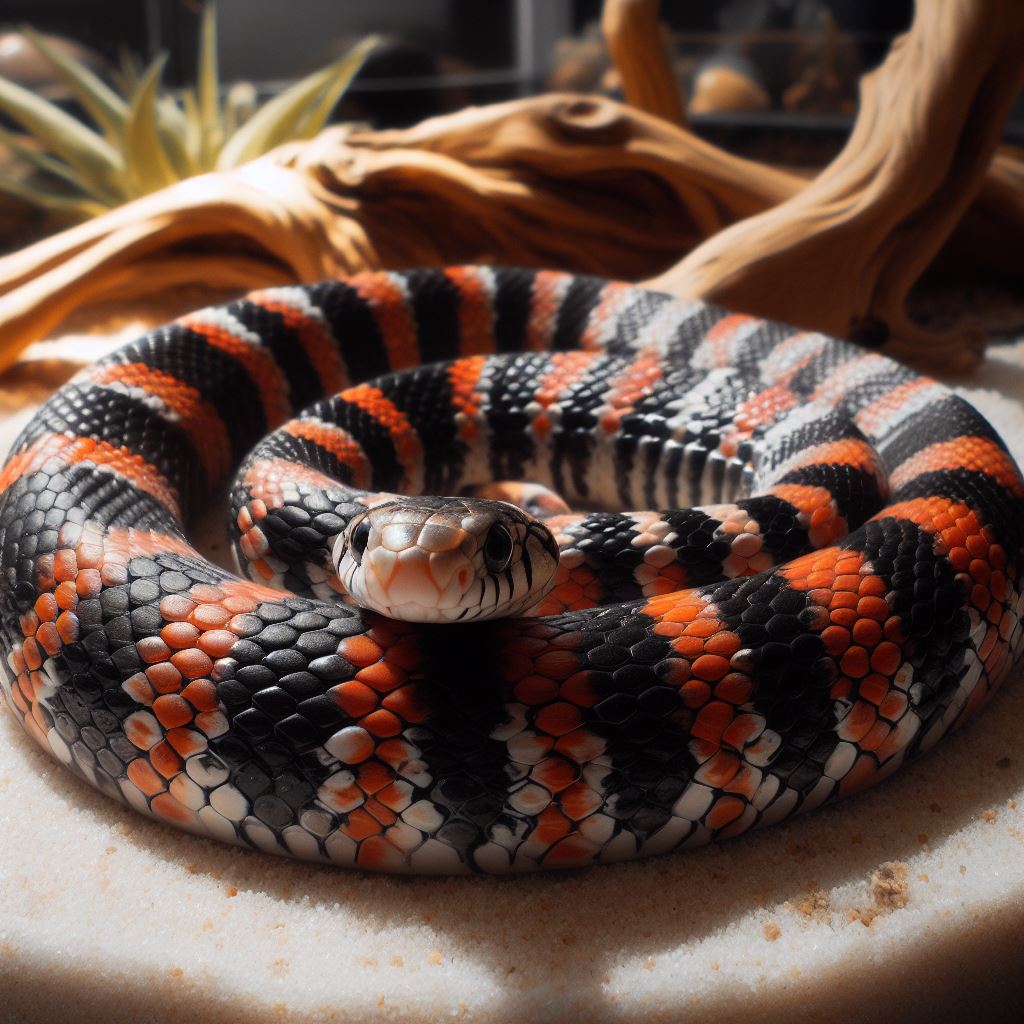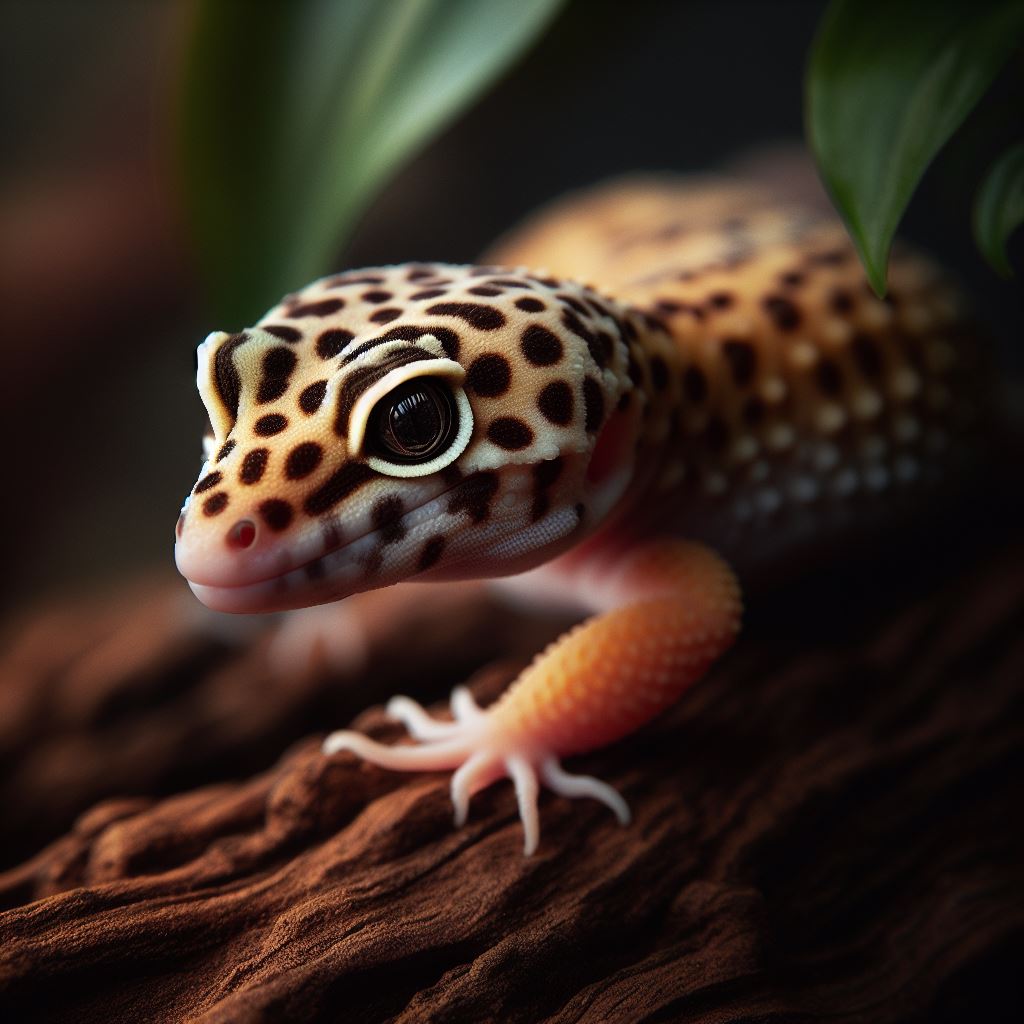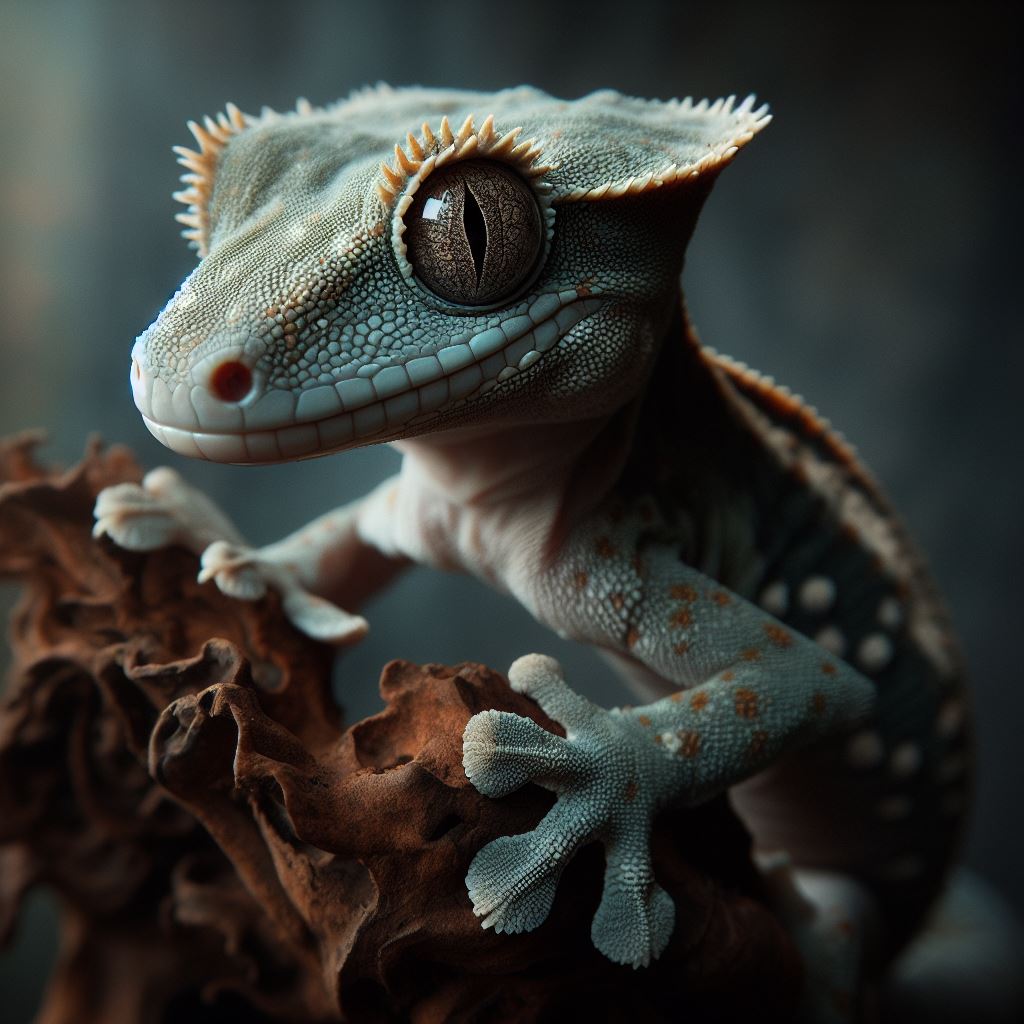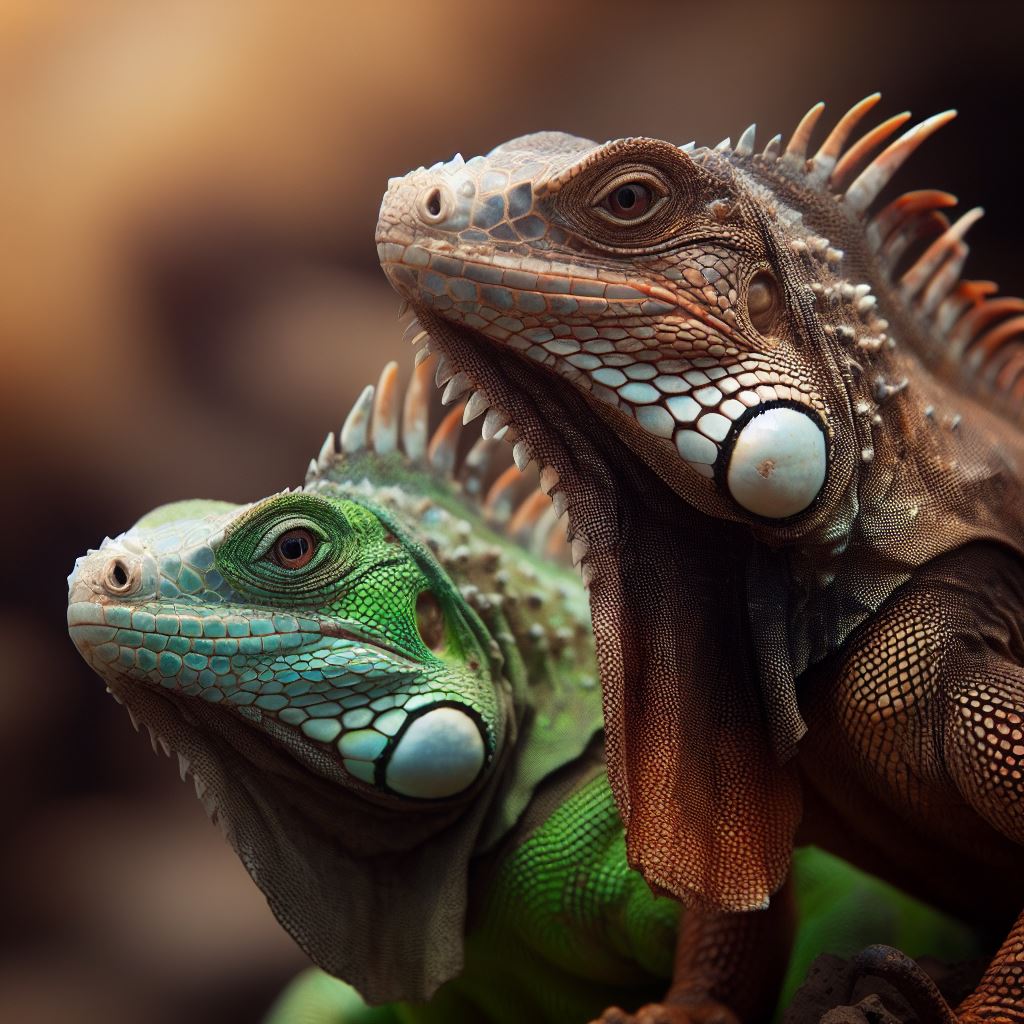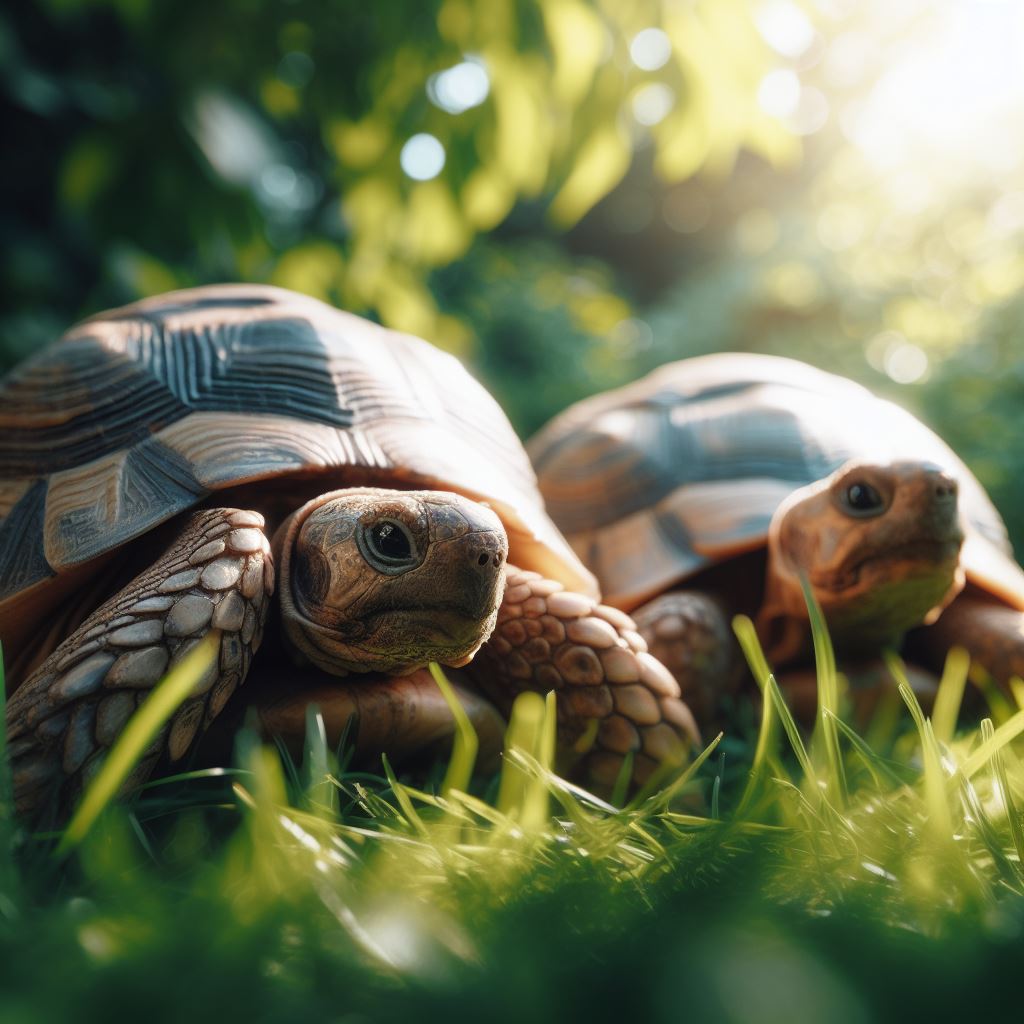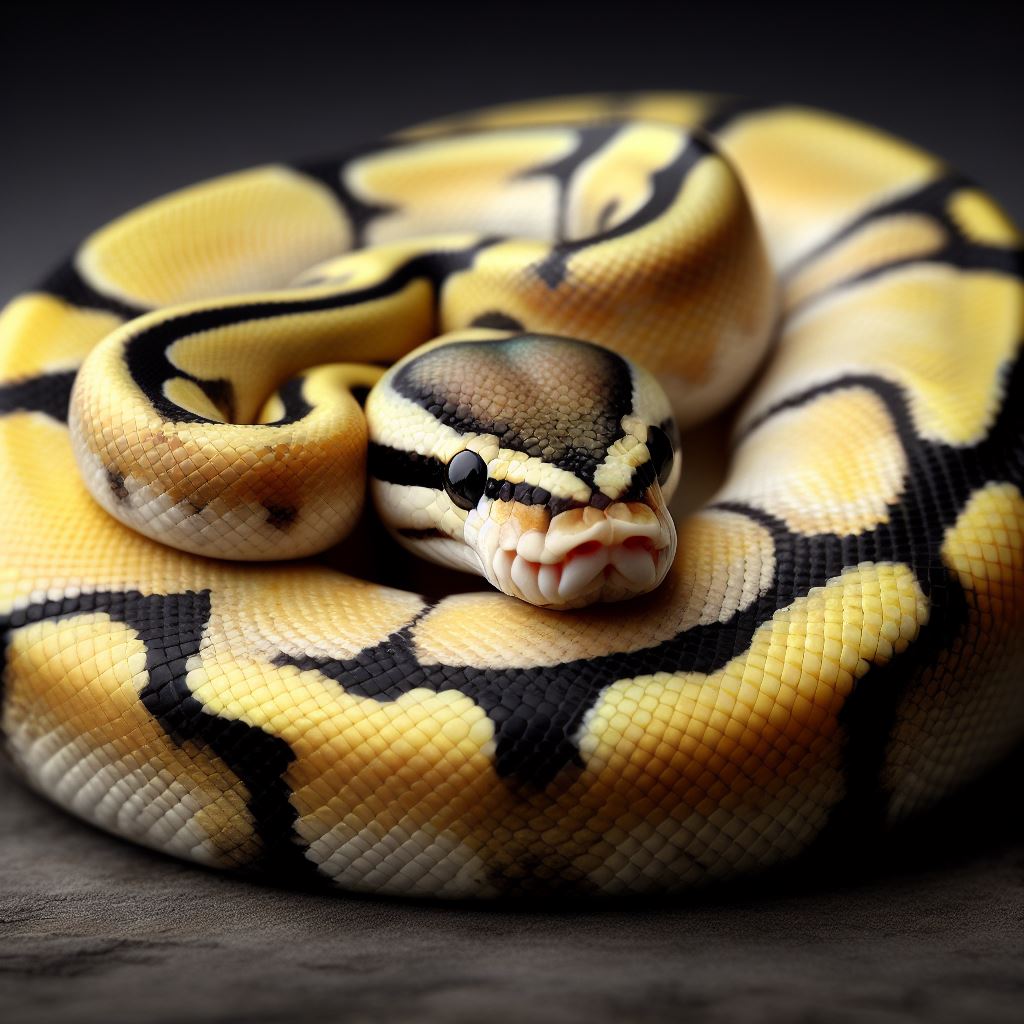Meet the Corn Snakes, the captivating serpents that have charmed reptile enthusiasts with their vibrant colors and gentle demeanor. In this comprehensive guide, we will unravel the secrets of Corn Snakes, from their unique biology to their diverse morphs and the essential aspects of caring for them as cherished pets. Whether you’re a seasoned herpetologist or a novice reptile enthusiast, this guide is your gateway to understanding the enigmatic charm of Corn Snakes.
Corn Snakes: Nature’s Masterpieces
Anatomy and Unique Features of Corn Snakes
Corn Snakes, with their slender bodies, smooth scales, and distinct patterns, epitomize the elegance of reptilian grace. Their vibrant hues, ranging from fiery reds to subtle oranges and browns, create a mesmerizing spectacle. Understanding their specialized features, including heat-sensitive pits and excellent climbing abilities, provides valuable insights into their ecological adaptations.
The Family Colubridae: Exploring Corn Snakes’ Taxonomy and Diversity
Belonging to the family Colubridae, Corn Snakes are a diverse group of reptiles found in North America. Exploring their taxonomy reveals a captivating array of species, each uniquely adapted to its environment. From wooded areas to grasslands, their evolutionary journey reflects the complexity of the ecosystems they inhabit.
Corn Snake Varieties
Corn Snakes are renowned for their diverse morphs, each displaying a mesmerizing combination of colors and patterns. From classic “Amels” to striking “Anerythristic” variations, enthusiasts marvel at the endless possibilities. Understanding the genetics behind these morphs adds a layer of intrigue to the world of Corn Snakes, making them fascinating subjects for breeders and collectors.
Corn Snake Care: Building a Home
Enclosure Design: Mimicking Natural Habitats
Designing an enclosure that replicates their natural habitat is essential for Corn Snake’s well-being. Providing horizontal space for slithering and climbing opportunities, along with secure hiding spots, creates a stimulating environment. Maintaining appropriate temperature gradients, essential for their digestion and thermoregulation, is achieved through under-tank heating pads and heat lamps. Natural substrates, such as aspen bedding, facilitate burrowing behaviors, enhancing their overall well-being.
Dietary Needs: Nutrition and Feeding Practices
Corn Snakes thrive on a diet of appropriately sized rodents. Feeding schedules, tailored to their age and size, ensure they receive adequate nutrition. Understanding their feeding responses, from striking to constricting, allows for safe feeding practices. Regular monitoring of their weight and feeding behavior ensures they maintain optimal health. Proper hydration, achieved through a shallow water dish, is essential for their overall well-being.
Corn Snake Behavior: Understanding and Interaction
Social Behaviors and Communication
Corn Snakes exhibit intriguing social behaviors within their colonies, showcasing hierarchical structures and mating rituals. Understanding their body language, such as tongue flicking and coiling, provides insights into their emotions and intentions. Observing their interactions fosters a deeper connection, allowing for meaningful engagement and mutual understanding.
Handling and Taming: Building Trust with Corn Snakes
Building trust with Pet Snakes involves patience, respect, and gentle handling. Allowing them to initiate contact and respecting their boundaries is essential. Gradual acclimation to human presence, coupled with positive reinforcement techniques, enhances their confidence. Handling sessions should be brief initially, gradually increasing in duration. A stress-free environment and consistent, respectful interaction transform wary Corn Snakes into relaxed, confident companions.
Health Care and Enrichment
Health Monitoring and Common Health Issues
Regular health check-ups are vital for detecting potential issues early. Monitoring their weight, skin condition, and overall behavior aids in identifying health concerns. Common problems such as respiratory infections and external parasites require prompt attention. Understanding signs of stress, illness, or malnutrition enables timely intervention, ensuring their well-being. Implementing mental and physical enrichment activities, such as climbing structures and varied feeding methods, promotes their mental stimulation and physical exercise.
Conclusion
Corn Snakes, with their diverse morphs and intriguing behaviors, stand as captivating companions for those enthralled by the reptilian world. By comprehending their natural behaviors, habitat requirements, and dietary intricacies, you can create an environment where these extraordinary creatures flourish. Responsible pet ownership is not merely a choice but a commitment—one that ensures the flourishing existence of Pets Snakes and, indeed, all reptile species. Embrace the opportunity to welcome these majestic beings into your life and embark on a fulfilling journey of companionship and conservation.

